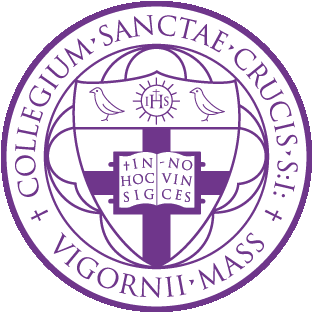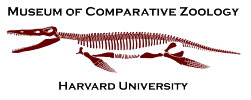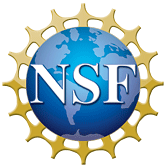Aves - Neognathae - Anseriformes - Anatidae - Anser - Anser caerulescens atlantica
Sternum (Breast Bone) of a Anser caerulescens atlantica (Greater snow goose)
Rotate: left click on mouse
Zoom: right click on mouse (PC) or command and click (Mac)
Move: left and right click simultaneously (PC) or shift and click (Mac)
| Species Description |
|---|
|
There are two subspecies of the Snow Goose: the Lesser (C. caerluscens caerluscens) and Greater (C. caerluscens atlanticus) Snow Goose. The Lesser Snow Goose has two color morphs (white and blue) and is able to hybridize with Ross Goose. It breeds along Queen Maud Gulf, Baffin Island, Hudson Bay and the Northwest Territories, while wintering in the Central Valley of California and along the Gulf Coast of Texas, Louisiana and Mexico. The Greater Snow Goose looks like a slightly larger edition of the white-phase Lesser Snow Goose. It breeds around Foxe Basin, Northern Baffin and the Ellesmere Islands of Nunavut and Greenland; in the winter, it migrates down to the mid-Atlantic coasts (from New Jersey to North Carolina). In the field, it is difficult to tell the two subspecies apart (save for the Lesser Snow Gooses blue morph), but the longer bill of the Greater Snow Goose helps to distinguish it from its smaller counterpart. |
| Skeletal Elements Available |
| External Links |
|---|
|
Animal Diversity Web Encyclopedia of Life Wikipedia |




